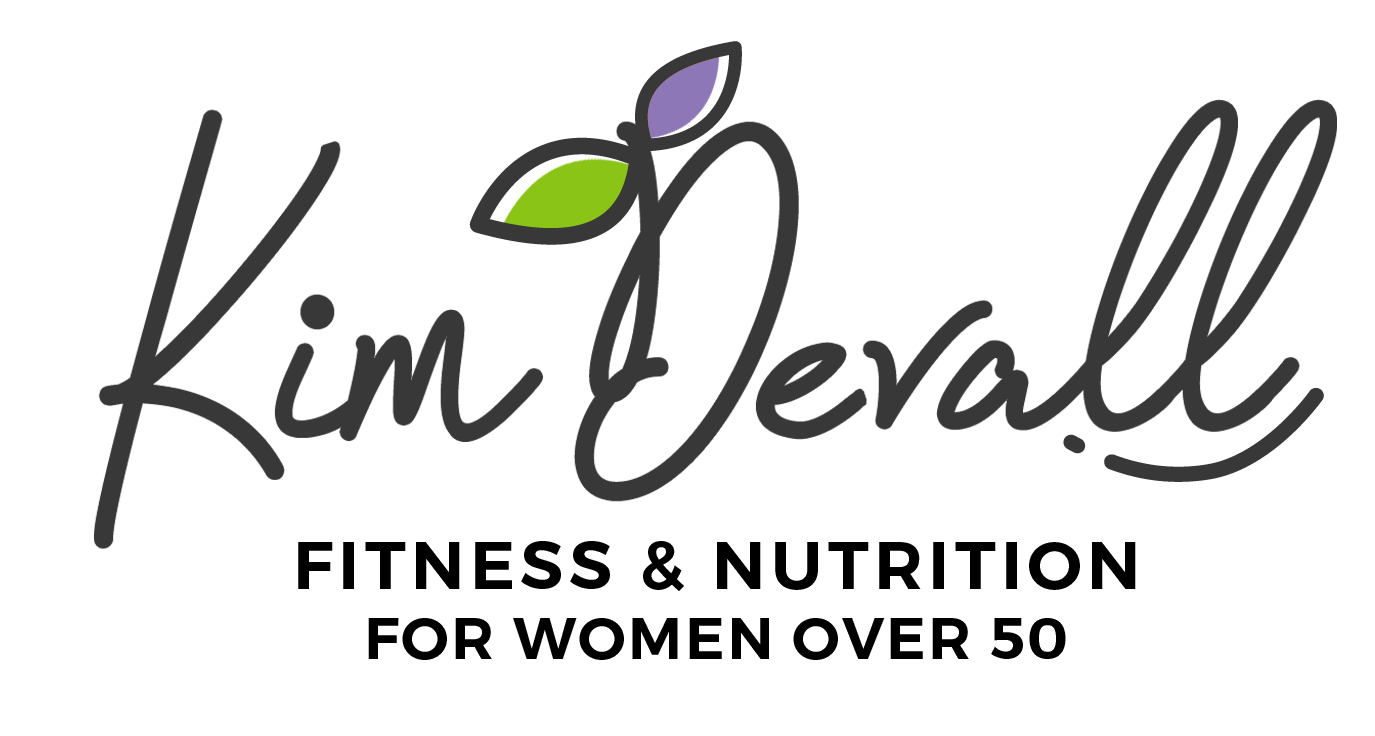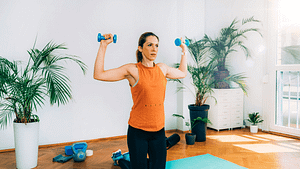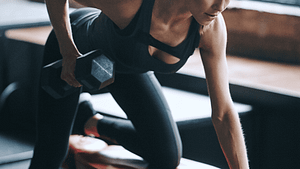- Post author:Kim Devall
- Post published:October 29, 2023
- Post comments:0 Comments
Sculpted Shoulders are on the horizon when you incorporate these 3 quick workouts into your fitness routine. These are great for beginners and anyone with minimal time.
The shoulder press is one of my all-time favorite shoulder exercises and you’ll find it, along with the lateral raise in all three of these workouts.
It’s nearly impossible to work a single muscle with any exercise. Each shoulder exercise will hit the primary shoulder muscles from different angles, while also working other muscles in your back and arms.
The shoulder press works primarily the front part of your shoulder (anterior deltoid); however, your delts, triceps, trapezius, and pecs will all get a workout.
The front raise and the lateral raise will work your lateral or side deltoid, along with the trapezius, biceps, and pectoralis major.
With the Y raise, you’ll hit your rotator cuff muscles and the lower trapezius.
As the name implies, the rear delt fly will target the rear deltoids on the backside of your shoulders, as well as your upper back.
Sculpted Shoulders Workout #1
In this 10-minute shoulder sculpting workout, we’re doing 3 sets of each exercise and working the shoulder from different angles with 3 different types of raises. This workout includes:
- shoulder press
- lateral raise
- front raise
- Y raise
Sculpted Shoulders Workout #2
In this shoulder workout, we are doing one set of 6 different exercises. You can definitely do 2 or 3 additional sets, if you’d like.
One set is perfect if you’re a beginner or short on time.
This workout includes:
- lateral raise
- single arm shoulder press
- front raise
- single arm lateral raise
- Y raise
- shoulder press
Sculpted Shoulders Workout #3
Want sculpted shoulders? Then you’ll certainly want to add this workout into your routine.
As the video name implies, you’ll be doing 5 different exercises in this 13-minute shoulder workout.
The exercises include:
- shoulder press
- Y raise
- lateral raise
- shoulder fly
- rear delt fly
Generally, you can do any of these shoulder workouts 1 – 2 times per week and get great results. However, if you have additional time and want to double shoulders with other muscle groups, consider one of the following workouts.



























































